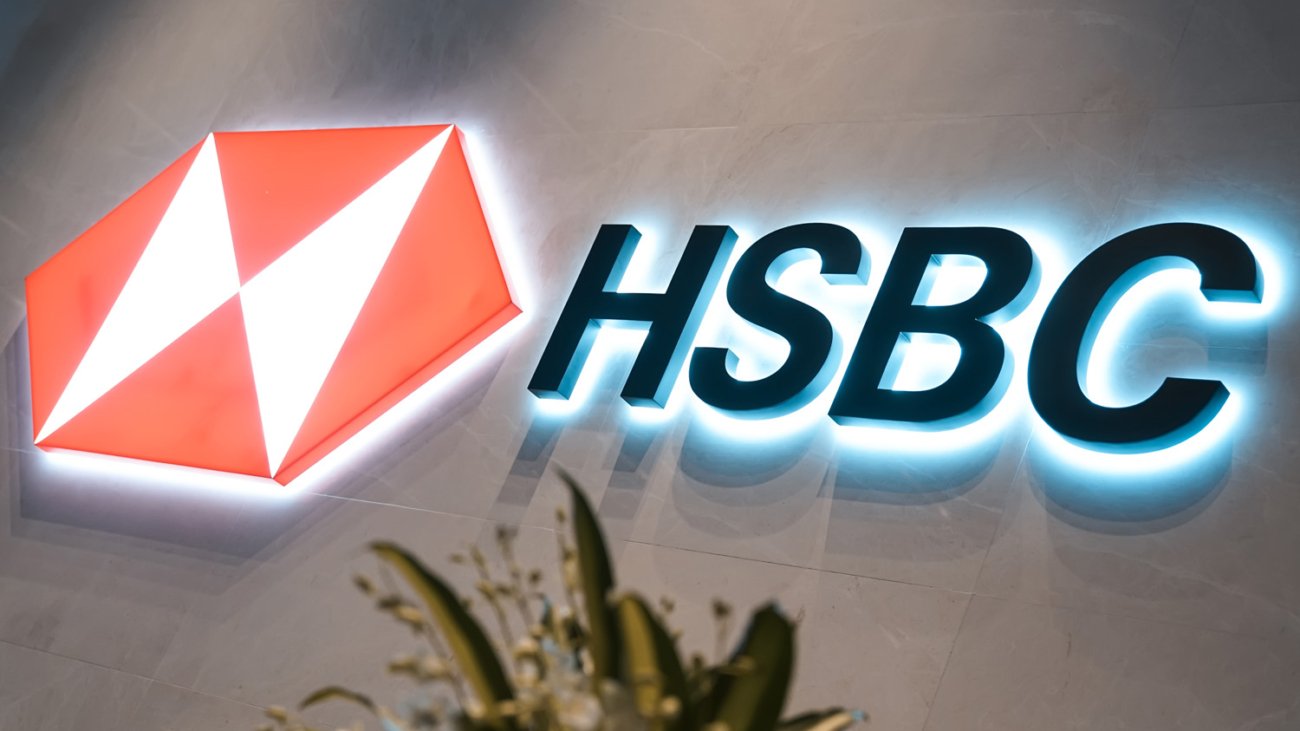As the UK-based banking behemoth starts one of the most significant upheavals in its 159-year existence, HSBC has recorded a substantial 10% rise in its quarterly profits. The company said that exceeding experts’ projections, its pre-tax earnings for the three months ending in September came to $8.5 billion (£6.6 billion). This good performance shows that the bank has kept profitability while negotiating a difficult economic situation.
Given the continuous economic uncertainty and growing interest rates influencing the worldwide banking industry, the earnings growth is especially noteworthy. HSBC’s performance delighted analysts, and the data validated the bank’s capacity for market adaptation. The good quarterly results have given a solid basis for the forthcoming strategic reforms as HSBC positions itself for future expansion.
What Is the Strategic Overhaul?
This financial performance follows the revealing of a thorough corporate change by HSBC’s new chief executive, Georges Elhedery. Rising geopolitical concerns and a compelling need to save costs will drive HSBC to be split into eastern and western markets during restructuring. This geographical separation is meant to let the bank concentrate on each area’s unique opportunities and difficulties, enabling better strategic planning and management.
Emphasising the need and necessity of these adjustments, Elhedery said, “The implementation of the plans will begin immediately.” He pledged to offer further specifics about the bank’s February full-year performance. We delivered another good quarter, which indicates that our approach is working,” he said, therefore boosting hope for the bank’s future.
The banking sector is facing major difficulties, including changing customer expectations and regulatory pressures. Hence, this strategy review is very important at this moment. By emphasising local strengths, HSBC hopes to improve its competitiveness in Western and Asian markets.
What Are the Plans for Share Buyback, and How Did the Market React?

Apart from the robust earnings disclosure, the bank also disclosed intentions to buy back $3 billion more of its shares. By lowering the number of outstanding shares, share buybacks—often interpreted as a show of management confidence in the company’s prospects—can raise the stock price.
HSBC’s London-traded shares jumped about 4% following the announcement of the quarterly solid performance and the share buyback scheme. This rise demonstrates investor trust in the bank’s strategic initiatives’ success and future orientation. The market’s good response emphasises the importance of the bank’s financial situation and its dedication to giving value to owners.
How Did Analysts Assess the Results?
“HSBC’s third-quarter results were solid, with no major surprises,” remarked a senior equities analyst working in a financial services company. The expert said the bank is doing well despite outside criticism and that the outcomes match expectations. “Instead of the generally good results, I think the focus… will be on the structural overhaul,” the analyst said, stressing that although the quarterly performance was excellent, the bank’s future success depends critically on forthcoming fundamental reforms inside it.
Analysts will closely observe the execution of the restructuring ideas and how they influence the bank’s operations and profitability in the next quarters. The focus on regional markets is probably going to draw interest as players try to understand how HSBC plans to use its advantages in Asia and control its presence in Western markets.
What Is HSBC's Focus on Asia, and What Leadership Changes Have Occurred?
Moreover, HSBC said it hopes to complete selling its Argentinean company by the end of this year. Though it has been progressively concentrating its activities on Asia in recent years, historically, the corporation has made most of its revenues from Asia. This strategic emphasis captures the bank’s conviction about the long-term development possibilities in Asian markets, where it finds chances for expansion and higher profitability.
Under a noteworthy leadership change, HSBC named Pam Kaur its first female finance chief. Following their election at the company’s next annual general meeting, Kaur—who has been with the bank for more than ten years—currently works as the chief risk and compliance officer and is also assuming executive director of the board. Her selection represents a dedication to diversity and inclusion among bank executives.
Why Is New Leadership Important at This Crucial Time?
Taking over from Noel Quinn in early September, Elhedery entered this post at a pivotal point for HSBC. These developments are considered necessary for HSBC’s long-term survival as it negotiates the complexity of maintaining its competitive posture in Asian and Western markets against rising geopolitical tensions. With the new leadership team, HSBC is positioned to manage risks appropriately, adjust to changing market dynamics, and seize growing prospects.

